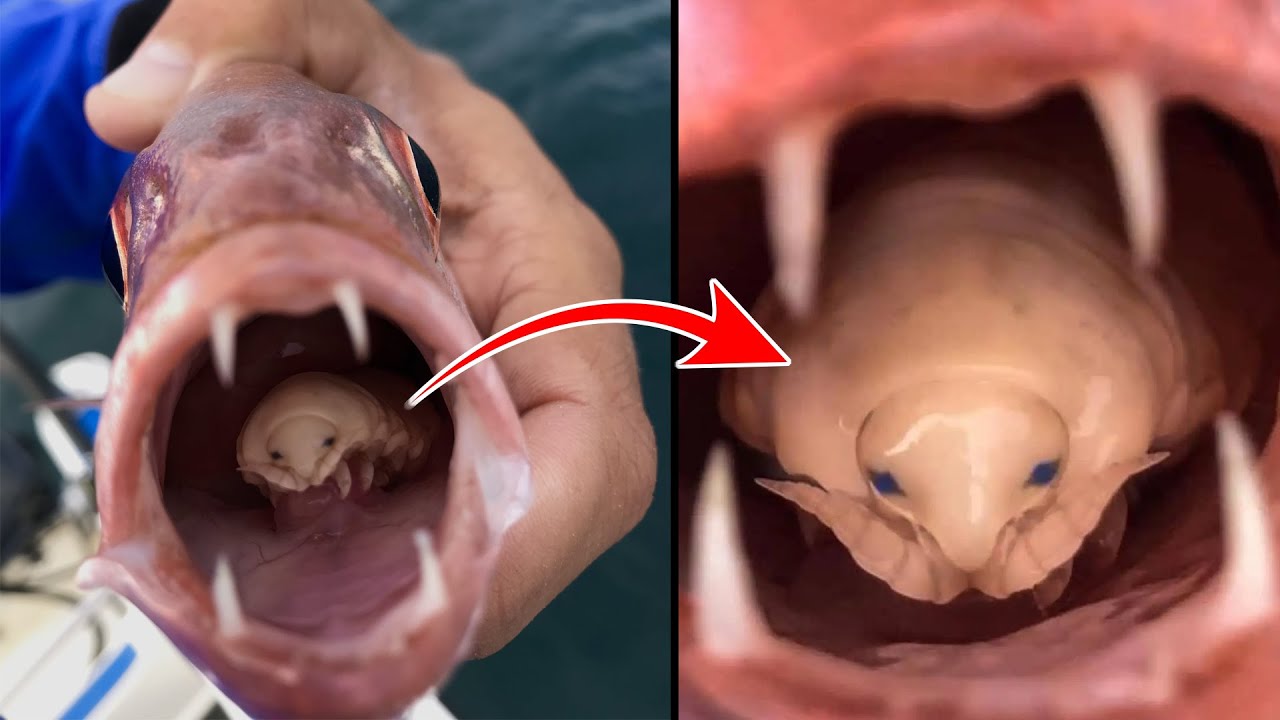When we think of whales, we often imagine them as these huge, majestic creatures swimming through the oceans with their long, sleek bodies and powerful tails. However, what most people don’t know is that whales actually have arm, wrist, and finger bones in their front fins.

This fact may come as a surprise to many, but it’s true. Whales are mammals, which means they are warm-blooded, breathe air, and nurse their young. Like humans and other mammals, they have a skeletal system that includes bones, including those in their fins.
If you take a closer look at the front fins of a grey whale, for example, you’ll see that they have a structure that’s similar to a human arm. There are several bones that make up the front fins, including the humerus, radius, ulna, carpals, metacarpals, and phalanges. In other words, whales have the same basic bone structure in their front fins as humans have in their arms and hands.
But why do whales have arm and hand-like bones in their fins? The answer lies in their evolution. Whales are believed to have evolved from land animals that eventually made their way into the water. Over time, these animals adapted to their aquatic environment, developing traits that allowed them to swim and dive more efficiently.

One of these adaptations was the development of flippers. Flippers are essentially modified arms and hands that have been streamlined for swimming. Inside those flippers are the bones that resemble a human hand, with a thumb included.
While all cetaceans (whales, dolphins, and porpoises) and pinnipeds (seals, sea lions, and walruses) have flippers, the bone structure inside those flippers is slightly different in each species. For example, dolphin flippers have a more elongated shape and fewer bones than whale flippers, while seal flippers are more similar to hands than to fins.

In addition to allowing whales to swim more efficiently, their front fins also play a role in communication and social behavior. Some species of whales, such as humpback whales, use their fins to slap the water, creating loud noises that can be heard over long distances. Other species, such as orcas, use their fins to signal to one another, with different movements and postures conveying different messages.
In conclusion, while it may be surprising to learn that whales have arm, wrist, and finger bones in their front fins, it’s just one of the many fascinating adaptations that these incredible creatures have developed over millions of years of evolution. And while their fins may look very different from human arms and hands, they serve a similar purpose in allowing whales to navigate their watery world with grace and efficiency.





